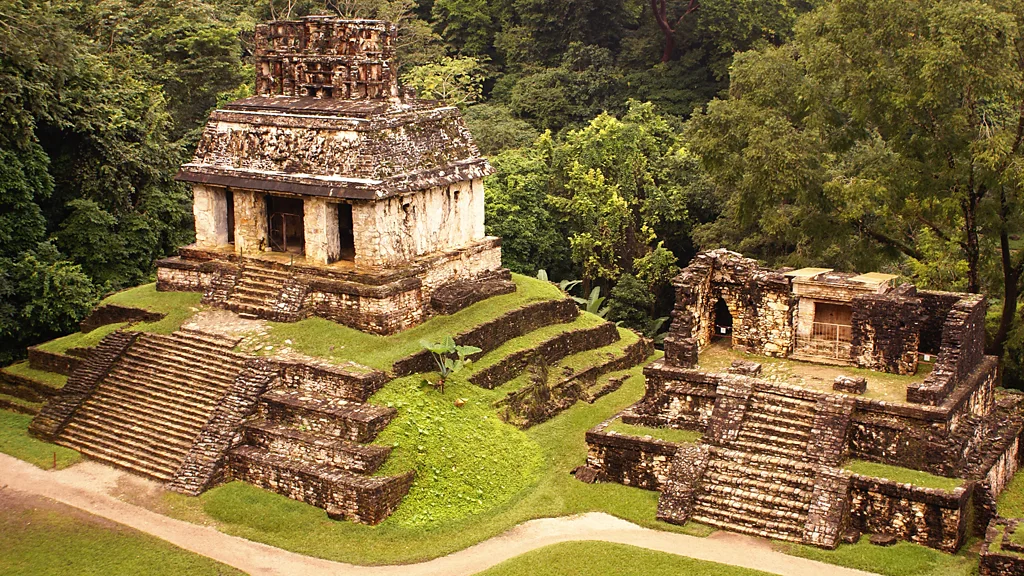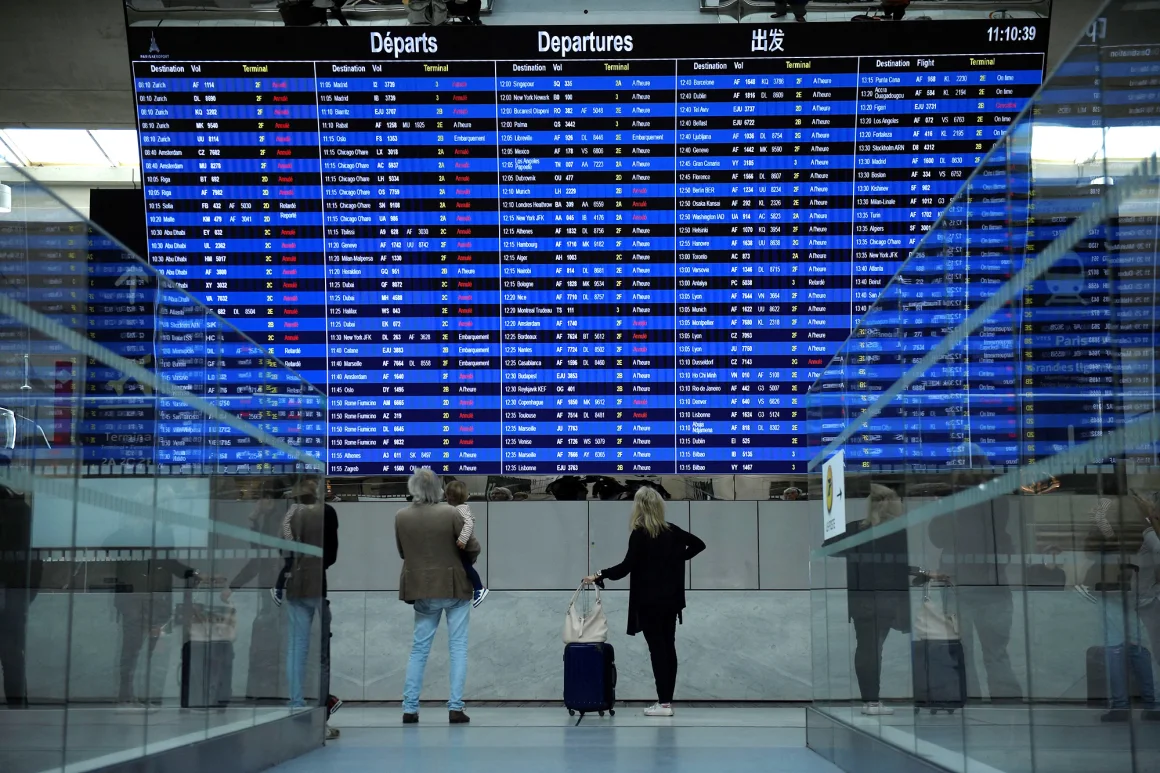After the death of his father, Aroldo, a young man from San Juan Atitán, Guatemala, made the life-changing decision to migrate to the United States. Speaking Mam — his community’s Mayan language — he shared his plans with his mother. A year later, he arrived in California, bringing with him more than memories and grief: he brought his language.
Mam is one of more than 30 living Mayan languages whose roots trace back thousands of years. Now, due to increased migration from Mexico and Central America, these languages are gaining ground in unexpected places, including the United States. Languages like Mam and K’iche’ are now commonly heard in immigration courts, schools, and neighborhoods, particularly in states like California.
A Hidden Identity Within the Term “Hispanic”
Despite being grouped under the label “Hispanic,” many Mayan immigrants do not speak Spanish as their first language — some, not at all. For Aroldo and others, Spanish is often a second language, used only outside their villages. Experts argue that this mislabeling hides the unique needs of indigenous migrants, who often face very different challenges from Spanish-speaking Latin Americans.
Recognizing this, California enacted a 2024 law requiring public agencies to collect data on indigenous languages among immigrants. The goal is to ensure these communities receive appropriate support, including interpreters and legal services.
A Cultural Legacy in Migration
The growth of Mayan-speaking communities across U.S. cities, especially in the Bay Area, is not only reshaping demographics but also reviving cultural pride. In Oakland and Richmond, Mayan languages are spoken in homes, taught in schools, and broadcast on local media. Community members organize cultural events and maintain traditions — a source of comfort and identity for migrants like Aroldo.
Migration from Mayan towns like San Juan Atitán has transformed local economies. Once centered on agriculture, these communities now rely heavily on remittances. Migration is seen as a pathway to progress, and passing down language is part of that vision. “First comes Mam, then Spanish, then English,” Aroldo tells his young nephew.
From Hieroglyphs to Hashtags: Language as Resistance
Mayan languages once flourished with their own writing system — Classic Maya — used by the elite to record history and rituals. Spanish colonizers later suppressed this script, replacing it with the Latin alphabet. But the spoken languages survived, and today, they are experiencing a resurgence.
In recent decades, native scholars have helped decode ancient hieroglyphs, reclaiming a part of Mayan heritage. Community groups are reviving the glyphs through workshops and everyday objects, like t-shirts and mugs, ensuring future generations remain connected to their roots.
Global Words from Ancient Worlds
Mayan languages have already influenced global vocabulary. The word cigar stems from the Mayan term siyar, and cacao, the origin of chocolate, comes directly from Mayan culture. These linguistic legacies highlight the far-reaching impact of Mayan civilizations — not just in history books, but in daily life.
Today, Mayan languages like Mam, K’iche’, Yucatec, and Q’eqchi’ are spoken by millions. Although many of these languages are not mutually intelligible, they all trace back to a common origin: Proto-Mayan, spoken around 2000 BCE. And while some are at risk of extinction, others are thriving thanks to migration, scholarship, and cultural resilience.
A Home Away from Home
For Aroldo, life in California is temporary. He hopes to one day return to Guatemala, build a house, and reunite with his family. But in the meantime, surrounded by a growing Mam-speaking community, he finds strength and belonging through language.
“Language makes it harder to miss your land,” he says. In a foreign land, ancient words continue to anchor identity and open doors to a future shaped by both memory and hope.



